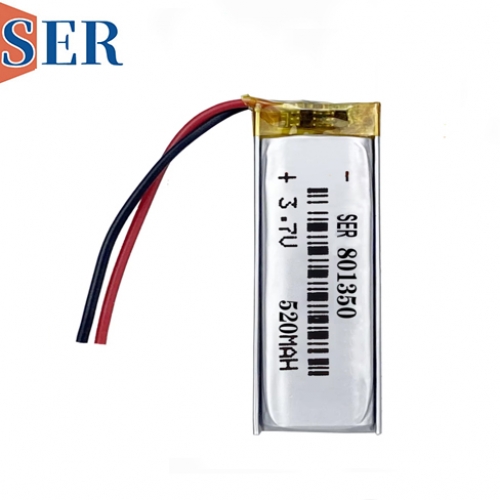LiSOCL2 Battery Life Calculation in IoT Applications
LiSOCL2 Battery Life Calculation in IoT Applications

Lithium Battery-powered wireless applications are one of the Internet of Things (IoT)'s fastest expanding categories, with applications ranging from smart homes to wearable gadgets to building automation. The necessity to remove all wire harness connections, which typically restrict their use for connectivity and power, is driving this development. Remote sensing for agriculture and industry, smart cities, and wearables, for example, would be impractical without the flexibility and usefulness given by battery power, since connected or wall-mounted power would limit their adoption. This necessitates the use of a main lithium LiSOCL2 Battery or LiMNO2 battery.
Aspects influencing the life of a main lithium LiSOCL2 Battery
The life of a main lithium battery in IoT devices may be calculated simply by dividing the battery capacity by the average discharge rate. Reducing the amount of energy utilized by the gadget or increasing battery capacity will both extend battery life and cut total product costs.
Primary lithium batteries are frequently used in IoT sensor systems, and the engineer's alternatives are restricted. However, the system may be constructed to achieve the necessary life duration by utilizing a myriad of processors, communication technologies, and software algorithms.
Internet of Things (IoT) Communication Technologies for Primary Lithium Batteries
The communication technology used is determined by the system requirements. Radio frequency (RF) connectivity are frequently used in IoT devices powered by main lithium batteries (LiSOCL2 Battery or LiMNO2 battery) Larger ranges or quicker data transmission rates in wireless communication normally necessitate more energy consumption, therefore selecting the lowest power communication technology that matches these criteria is frequently the best decision.
There are several mainstream IoT sensor technologies available, such as LoRa technology, which can build low-power, wide-area networks (WAN) covering several miles, whereas low-power Bluetooth (BLE) technology can only communicate over short distances but consumes significantly less energy. Another option to be taken is whether to employ on-chip devices or separate communication chips.
Management of the communication interface is crucial since even low-power communication technologies can quickly deplete the battery, and processing needs are often higher than at the RF stage.
Many IoT systems only wake up the communication circuit when enough data has gathered to justify transmission in order to optimize the capacity of the communication Li-SOCL2 battery.
Choosing Sensors to Extend the Life of a Lithium thionyl chloride battery
Sensors in IoT systems may have a substantial influence on lithium battery life. Resistance temperature detectors and thermistors, for example, can vary resistance with temperature. A voltage divider may be used for simple applications with low accuracy, but high-precision systems require a current source, which takes more power.
Tag: LiSOCL2 Battery Life,LiSOCL2 Battery,LiMNO2 battery,lithium LiSOCL2 Battery,Primary lithium batteries,Li-SOCL2 battery,Lithium thionyl chloride battery





